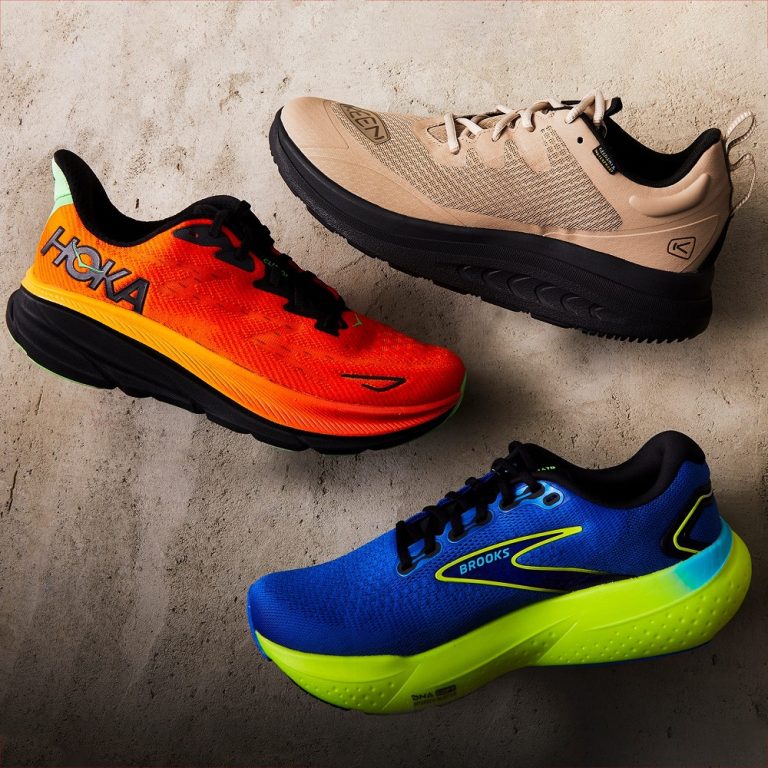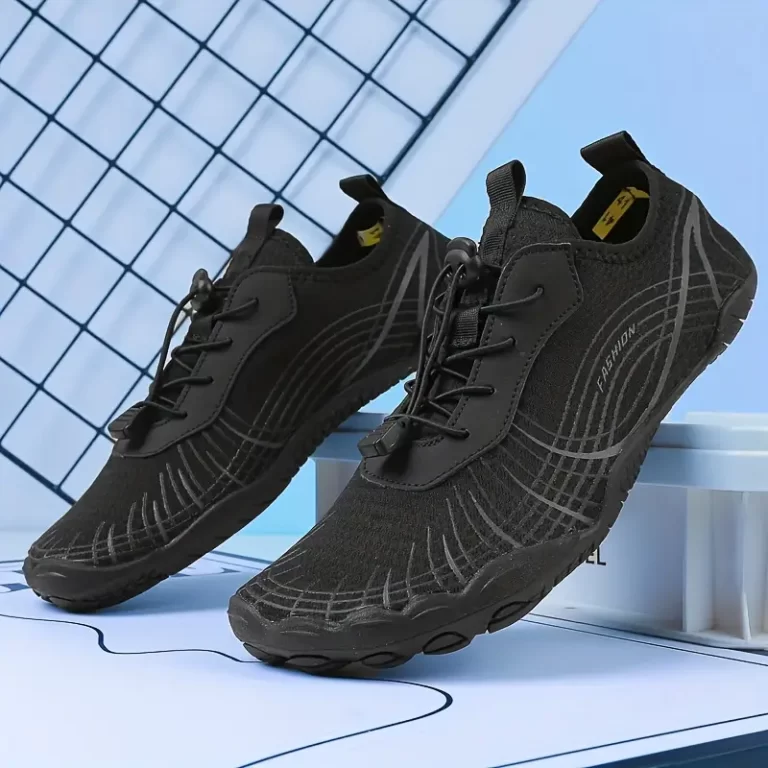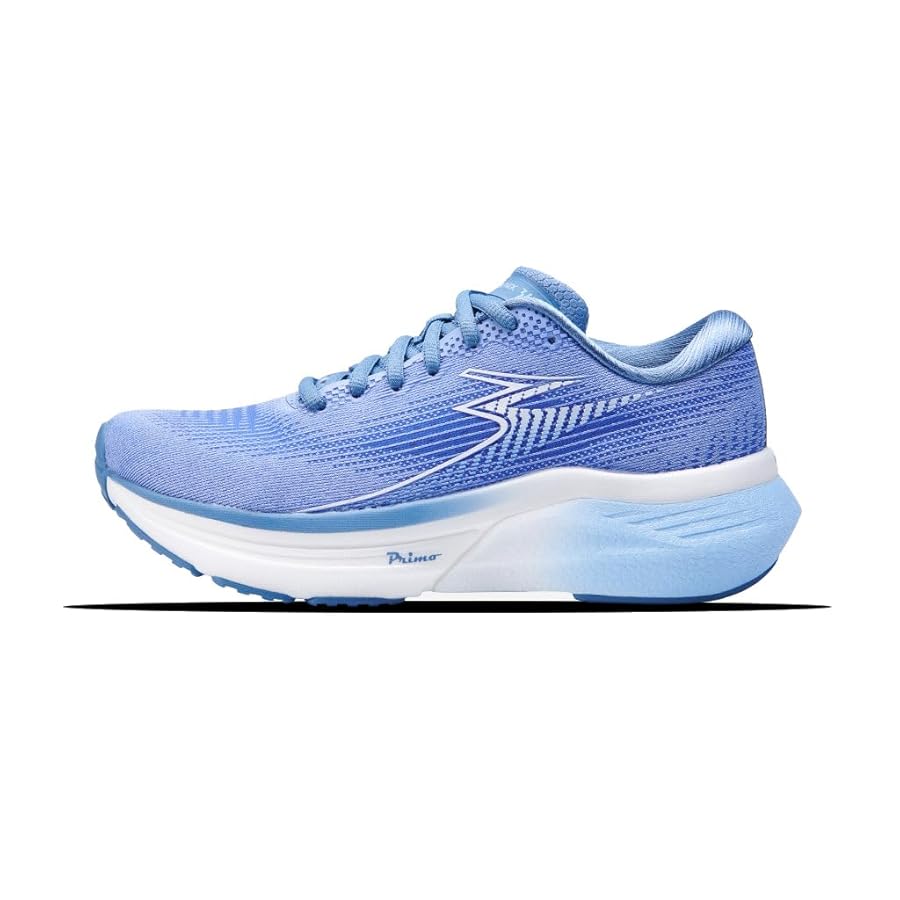
Best Running Shoes for Pronation: Essential Features to Consider
Finding the right running shoes is crucial for anyone serious about their running routine. For runners who experience pronation, selecting the proper footwear becomes even more important. Pronation refers to the way your foot rolls when you run. Some individuals exhibit excessive inward rolling (over-pronation), while others roll outward (under-pronation). Proper running shoes can help provide support, comfort, and injury prevention. This article will delve into the best running shoes for pronation, essential features to consider, recommendations for specific shoes, and tips for finding the right fit. By the end, you will be better equipped to choose the perfect running shoes for your needs.
What is Overpronation?
Overpronation affects the way your foot moves during a run or walk. It occurs when your foot rolls excessively inward after hitting the ground. This issue changes how your body distributes weight, affecting your overall stride.
Definition and Mechanics of Overpronation
Overpronation happens when the arch of your foot collapses more than usual. This makes the inside of your foot bear extra weight. While some pronation is normal, overpronation strains your foot’s structure and impacts its alignment. People with low arches or flat feet often experience overpronation more frequently.
Overpronation creates uneven stress on joints and muscles. It can lead to inefficient movement, as your foot’s natural shock absorption system doesn’t work as it should. Therefore, runners with overpronation might feel discomfort or decreased performance over time.
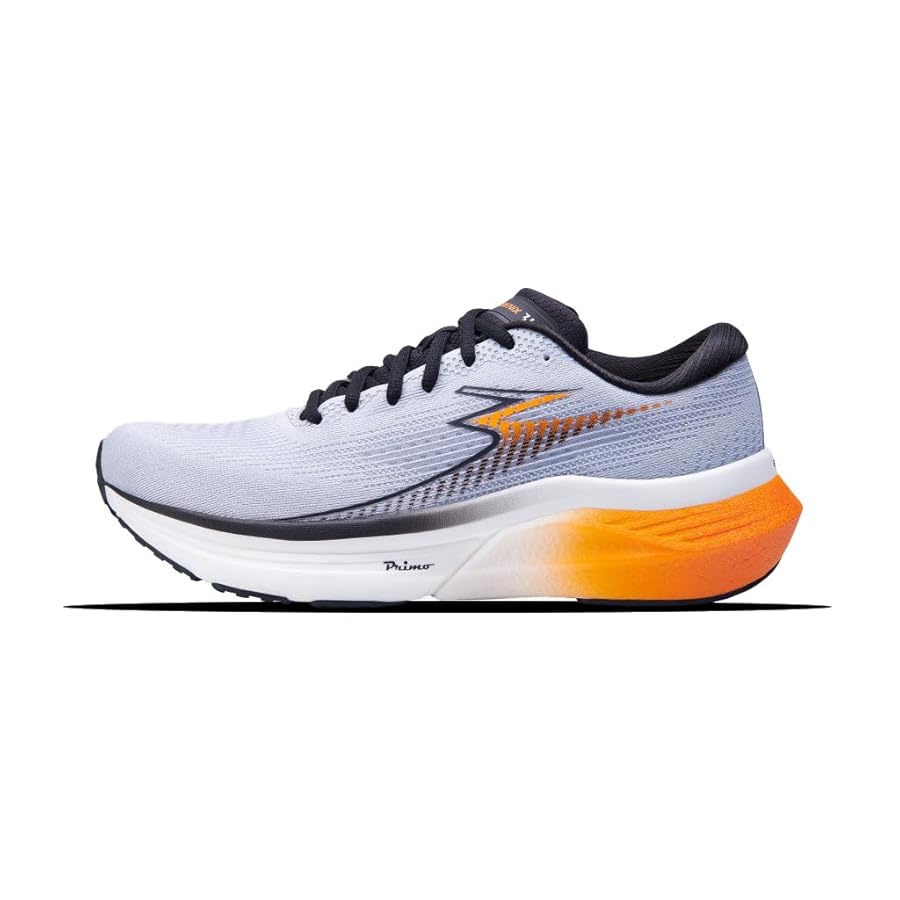
Common Symptoms and Issues Linked to Overpronation
There are several signs that you may be overpronating. One common symptom is uneven wear on your running shoes, especially on the inner edges. Flat feet or collapsing arches are also key indicators.
Overpronation can cause pain in various body parts. Knee pain, shin splints, and heel pain are common complaints. Left unchecked, it may lead to chronic injuries like plantar fasciitis or Achilles tendonitis. Runners might also notice general instability or discomfort during longer runs.
Addressing overpronation by wearing the best running shoes for pronation can mitigate these risks. Corrective features in shoes support proper alignment and absorb shock, helping prevent injuries related to overpronation.
Why Choosing the Right Running Shoes Matters
Choosing the right running shoes is critical for managing overpronation. Unsupported overpronation can lead to serious discomfort and long-term health issues. By using proper footwear, runners can enhance performance, improve comfort, and avoid injuries.
Effects of Unsupported Overpronation on Performance and Health
Unsupported overpronation disrupts your running efficiency. It places additional strain on your feet, knees, and hips. This misalignment can lead to slower performance and tired muscles. In worse cases, it may cause chronic injuries like plantar fasciitis or shin splints.
Without appropriate footwear, your body lacks shock absorption during runs. This increases the risk of joint pain and muscle fatigue. Over time, runners may experience difficulty with longer distances due to instability.
The Role of Corrective Running Shoe Features
Corrective shoes actively address the issues caused by overpronation. Stability shoes provide added arch support to prevent inward foot rolling. Motion control shoes combat excessive pronation, ensuring the foot stays aligned during movement.
These shoes also feature cushioning systems for better shock absorption. Proper cushioning reduces the impact on joints and muscles. Additional features such as structured heel counters aid in maintaining balance and stability.
By wearing running shoes designed for overpronation, runners can enjoy pain-free, efficient runs. These shoes protect against injuries and allow for a more natural motion pattern.
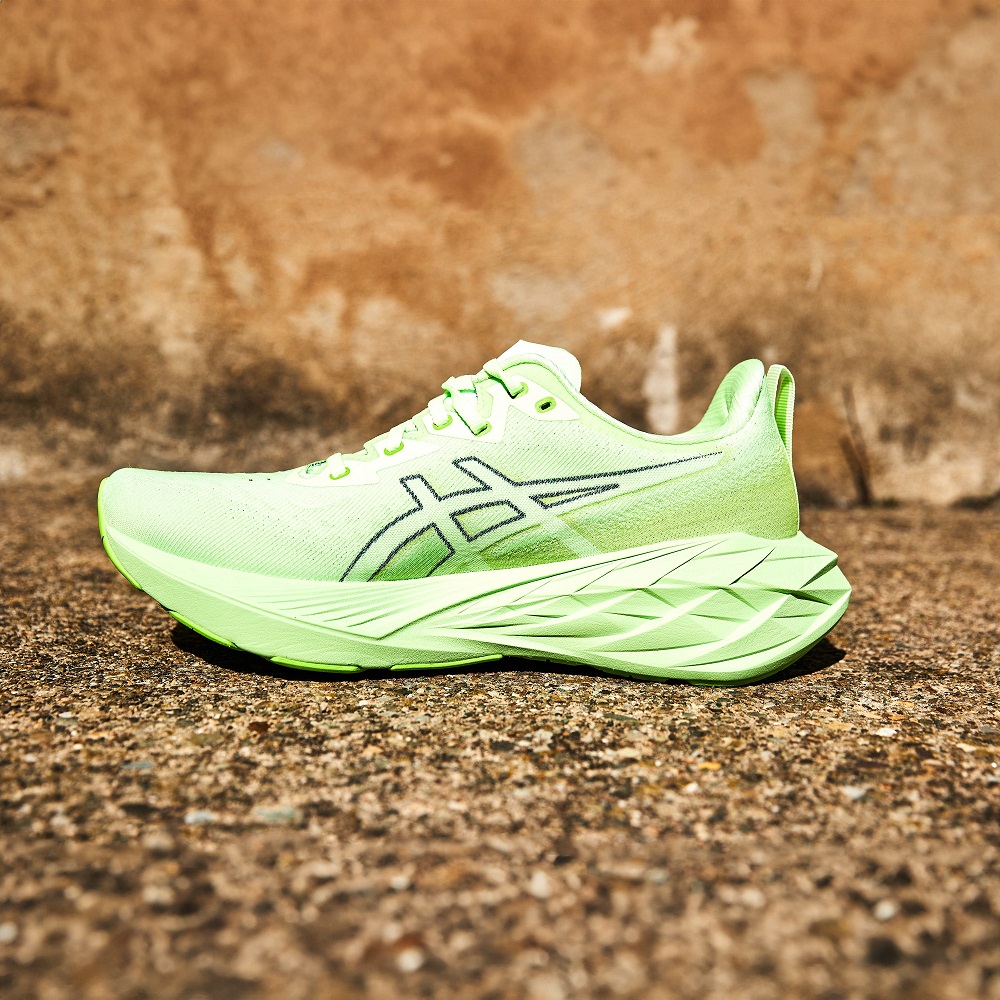
Key Features to Look for in Overpronation Running Shoes
Choosing the best running shoes for pronation requires understanding key design aspects. These features ensure your feet stay supported and aligned, making a significant difference in comfort and injury prevention.
Arch Support and Stability Features
Running shoes for overpronation should have excellent arch support. Proper arch support prevents your feet from rolling excessively inward. Stability features like dual-density midsoles or reinforced medial posts provide added control. These elements help maintain proper foot alignment during each stride. Look for shoes labeled “stability” or “motion control,” as they are specifically designed for overpronators.
Cushioning and Shock Absorption
Cushioning is essential for absorbing impact and reducing joint stress. Shoes with adequate cushioning protect your knees and ankles from strain. Gel or foam-based midsoles are common materials that offer superior shock absorption. This feature is particularly helpful during long-distance runs or high-impact activities, where stress on the feet is greater.
Outsole Design for Proper Foot Alignment
A well-designed outsole promotes natural foot motion and improves stability. Look for outsoles engineered with durable materials to reduce wear and tear. Deep grooves or support rails enhance grip and alignment, keeping your foot in the correct position. These features ensure a proper gait cycle, minimizing the risk of injury. A carefully crafted outsole also provides better traction on various running surfaces.
By focusing on these features, runners can find the best running shoes for pronation. These shoes not only enhance performance but also reduce discomfort and the risk of injuries.
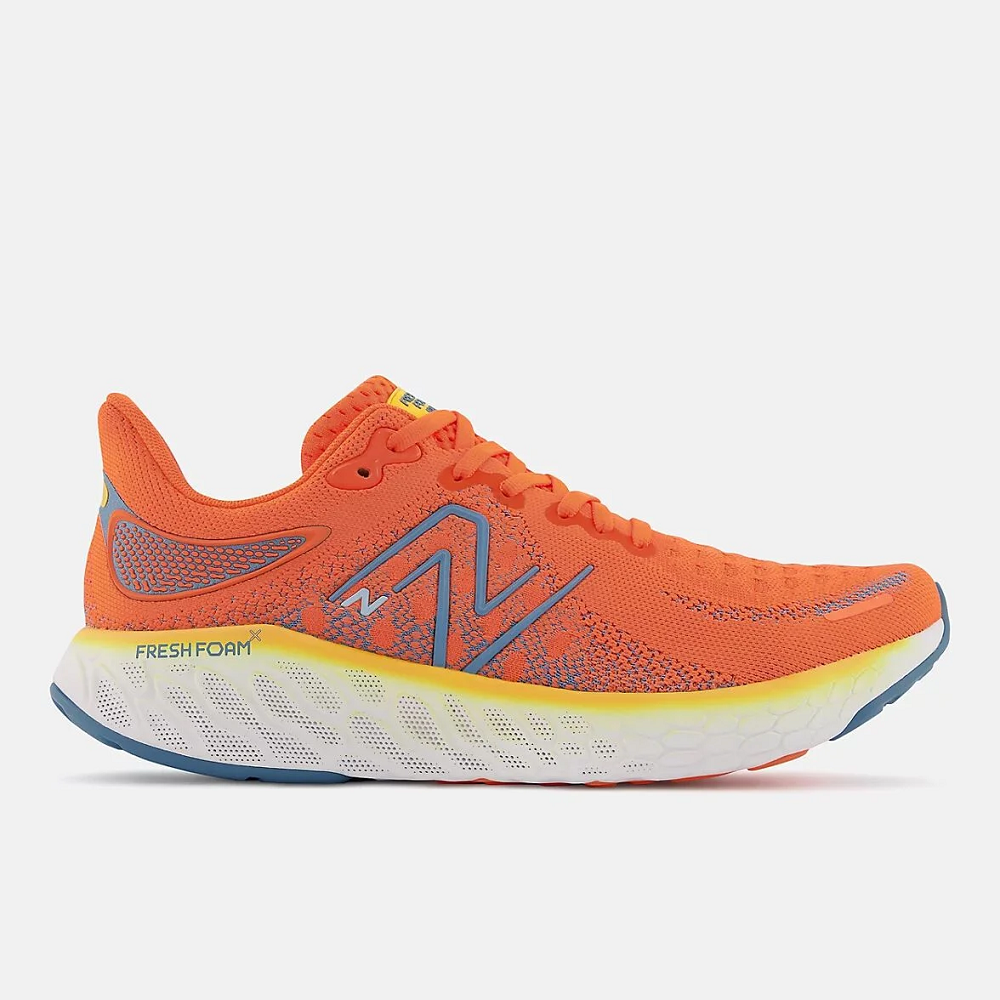
Top Picks for the Best Running Shoes for Overpronation
Finding the best running shoes for pronation can ensure comfort and prevent injuries. Below are top picks tailored to mild and severe overpronation, along with budget-friendly options.
Best Running Shoes for Mild Overpronation
Shoes for mild overpronation offer moderate support without overcorrecting your gait. Stability running shoes work best for such cases.
- ASICS GT-2000: Offers reliable arch support and smooth transitions for mild overpronation.
- Brooks Adrenaline GTS: Combines cushioning and stability to correct gentle inward foot rolling.
- Saucony Guide: Features a lightweight design with excellent shock absorption and moderate stability features.
These shoes help align your stride while maintaining flexibility for easier transitions.
Recommended Shoes for Severe Overpronation
Severe overpronation benefits from motion control shoes designed to reduce excessive inward rolling. These shoes provide more structured support.
- ASICS Gel-Kayano: Known for its high-end arch support, robust cushioning, and stability for severe overpronation.
- Brooks Beast: Designed for maximum motion control, offering durability and excellent shock absorption.
- New Balance 1540: Features a dual-density foam midsole for high-level pronation correction and extra foot stability.
These options focus on correcting alignment issues, minimizing injuries common in severe overpronators.
Budget-Friendly Options for Overpronation Support
Cost-effective options are ideal for runners who need support without spending too much. While affordable, these shoes still provide essential features for overpronation correction.
- ASICS Gel-Contend: Delivers basic stability and shock absorption at an affordable price.
- Nike Revolution: Lightweight and supportive, suitable for mild overpronation and everyday runs.
- Saucony Omni: Combines stability features with affordability for those who need a dependable option.
Budget-friendly shoes let you take care of your feet without breaking the bank.
Choosing the right running shoes is crucial for managing overpronation effectively. Whether you have mild or severe overpronation, the options above cater to both needs and budgets.
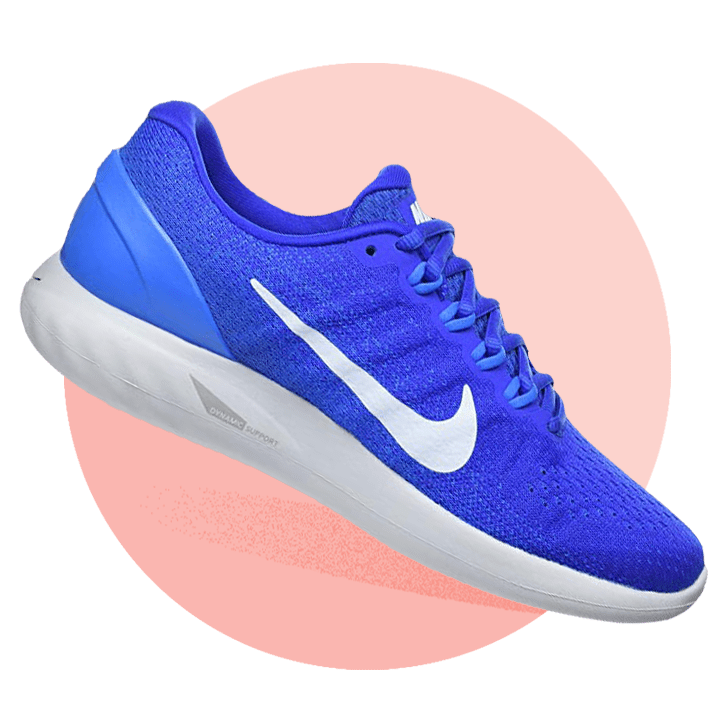
Comparing Motion Control vs Stability Shoes
Understanding the differences between motion control and stability shoes is essential for overpronators. Each shoe type offers unique benefits for addressing specific pronation issues.
Differences Between Stability and Motion Control Technology
Motion control and stability shoes differ in design and functionality. Motion control shoes are created for maximum support and correction. They are ideal for runners with severe overpronation. Their robust design restricts excessive inward foot rolling, ensuring proper alignment.
Stability shoes, on the other hand, offer moderate correction. These shoes are best for mild to moderate overpronation. They often feature dual-density midsoles or medial posts. Stability shoes provide balanced support while maintaining flexibility and natural transitions.
Durability also varies between the two types. Motion control shoes often have reinforced materials for high wear resistance. Stability shoes emphasize lightness, making them suitable for extended use.
When to Choose Motion Control Shoes
Motion control shoes are ideal for heavy overpronators. Severe overpronation strains your foot and disrupts your stride. These shoes cater to runners who need firm support and superior stability.
If you experience chronic injuries like plantar fasciitis or Achilles tendonitis, motion control shoes can help. Their advanced correction reduces stress on joints and prevents long-term damage.
For those with flat feet or low arches, motion control shoes provide the reinforcement needed. However, they may feel rigid for those with mild overpronation.
Understanding your pronation severity helps you decide between motion control and stability shoes. Both options support proper alignment and promote injury-free runs, ensuring comfort and performance.
Tips for Selecting the Right Overpronation Running Shoes
Choosing the right running shoes for overpronation is essential for comfort and injury prevention. Proper selection ensures your feet get the support and alignment they need.
Importance of Professional Gait Analysis
Professional gait analysis helps identify your specific pronation type and stride pattern. Specialists observe how your foot moves during walking or running. This assessment provides valuable insights for choosing the ideal shoe.
Gait analysis can pinpoint whether you need stability or motion control shoes. It ensures the purchased footwear matches your unique needs. Many running stores offer gait analysis services, often free of charge.
By understanding your gait, you can avoid trial-and-error when selecting shoes. Professional advice optimizes fit and support, reducing risks of injury and discomfort.
Testing and Trying Before You Buy
Always test the shoes before purchasing. Visit stores that offer treadmills or running areas for testing. Check for comfort, arch support, and cushioning during a short walk or jog.
Focus on how the shoes feel around your arches and heels. Ensure they do not press uncomfortably. Walk or run to confirm the shoes align your feet correctly and feel stable.
Don’t rely only on online reviews for your decision. Trying shoes yourself helps you identify the perfect fit and features. Proper testing also ensures you invest in a pair that truly supports overpronation correction.
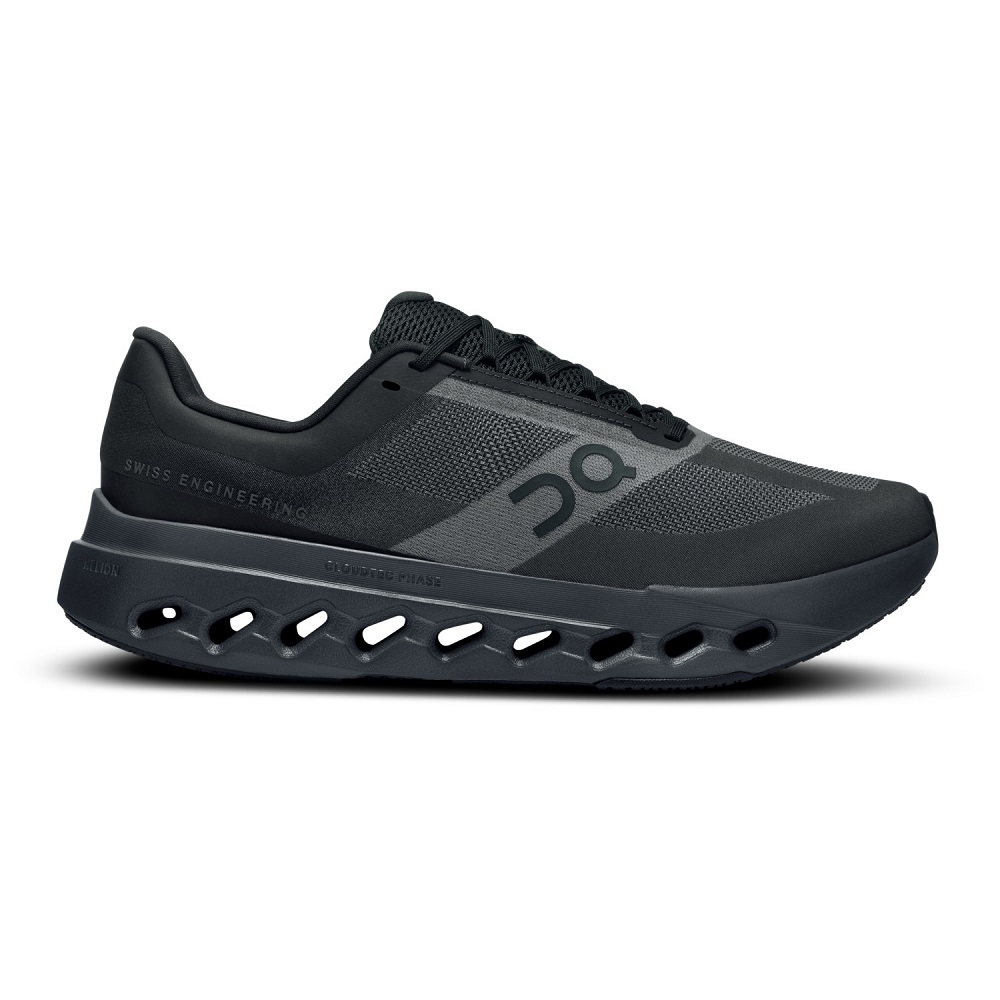
Maintenance and Longevity of Overpronation Shoes
Proper care for your running shoes ensures they last longer and perform better. Regular maintenance protects the features designed to correct overpronation and maintain foot health.
How to Care for Your Running Shoes
- Clean Shoes Regularly: Remove dirt and debris after every run. Use a soft brush and mild soap. Avoid soaking them in water to prevent material damage.
- Dry Them Properly: Let your shoes air dry naturally after exposure to moisture. Avoid using direct heat sources like hairdryers, as they can impact the shoe material and shape.
- Use Them Exclusively for Running: Limit your running shoes to running activities only. Using them for other purposes can cause unnecessary wear.
- Rotate Between Pairs: If possible, rotate between two pairs of running shoes. This gives them time to decompress and maintain their structure.
- Store Shoes Properly: Keep your shoes in a cool, dry place. Avoid putting heavy objects on top of them, as this can alter their shape and reduce their effectiveness in correcting overpronation.
Signs It’s Time to Replace Them
- Excessive Wear on the Soles: If the outsole patterns wear down unevenly, the shoes may lose their support.
- Reduced Cushioning: Over time, midsoles lose their shock-absorbing capacity. This can lead to discomfort and increased impact stress.
- Persistent Discomfort: If you experience pain or instability during runs, your shoes might need replacement.
- Visible Damage: Cracks in the outsole or tears in the upper material indicate the shoes are past their prime.
- Mileage Exceeds 300-500 Miles: Most running shoes, including those for overpronation, have a lifespan of 300 to 500 miles. Beyond this, they may no longer provide adequate support.
By maintaining and monitoring your shoes, you can preserve their corrective benefits and avoid injuries.
Conclusion
Finding the best running shoes for pronation is essential in maximizing comfort and performance on your runs. Understanding the types of pronation, assessing your specific needs, and considering important features will guide you to the right choice.
With quality brands like ASICS, Brooks, and Saucony offering diverse options, you can find shoes that suit your style and facilitate effective movement. Prioritizing features like cushioning, arch support, and stability will create a solid foundation for your running routine.
As you shop for your next pair, remember to assess your pronation type, try on shoes to ensure the perfect fit, and consider various styles. Proper care and maintenance will prolong the life of your running shoes, ensuring that you can enjoy countless miles of comfortable running.
Ultimately, the right pair of best running shoes for pronation can enhance your overall fitness experience, making each run enjoyable and effective. Embrace the journey to finding the ideal footwear and enjoy the positive impact it will have on your running adventures.
